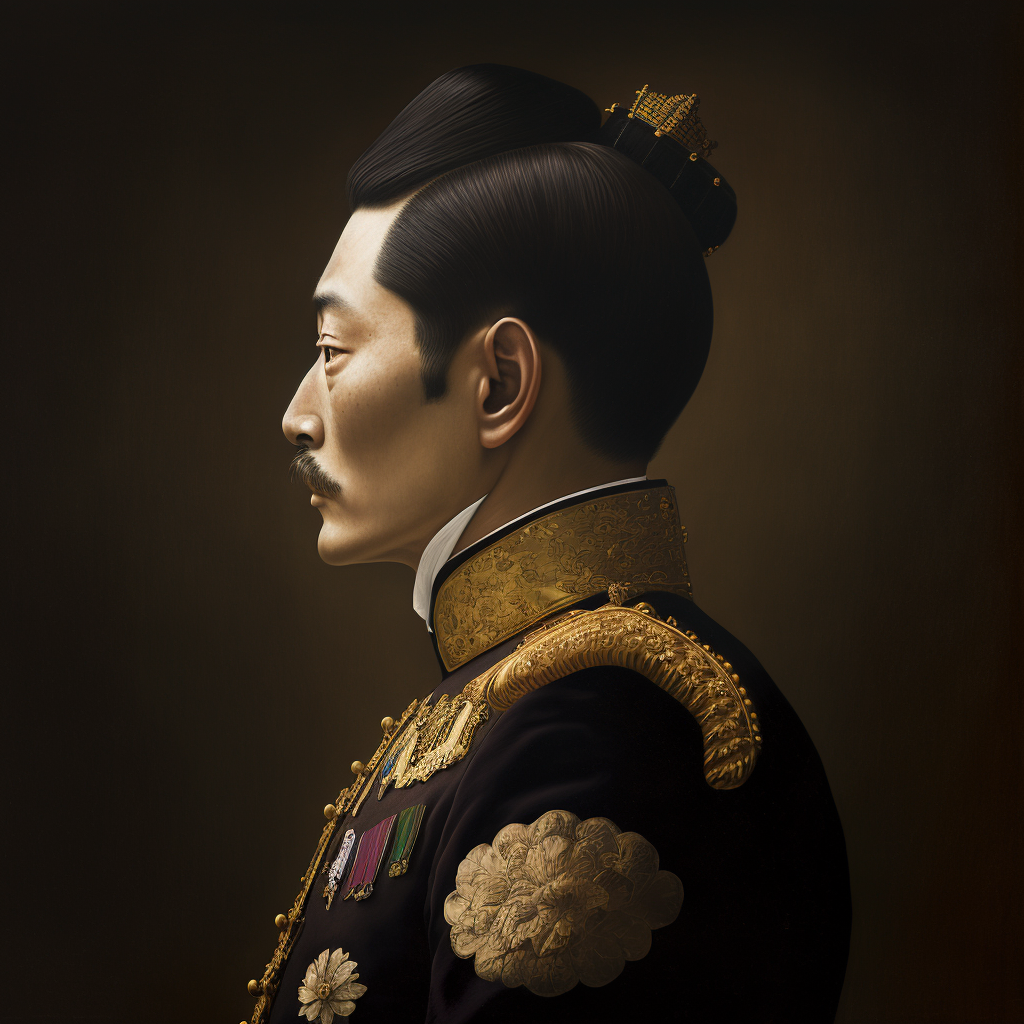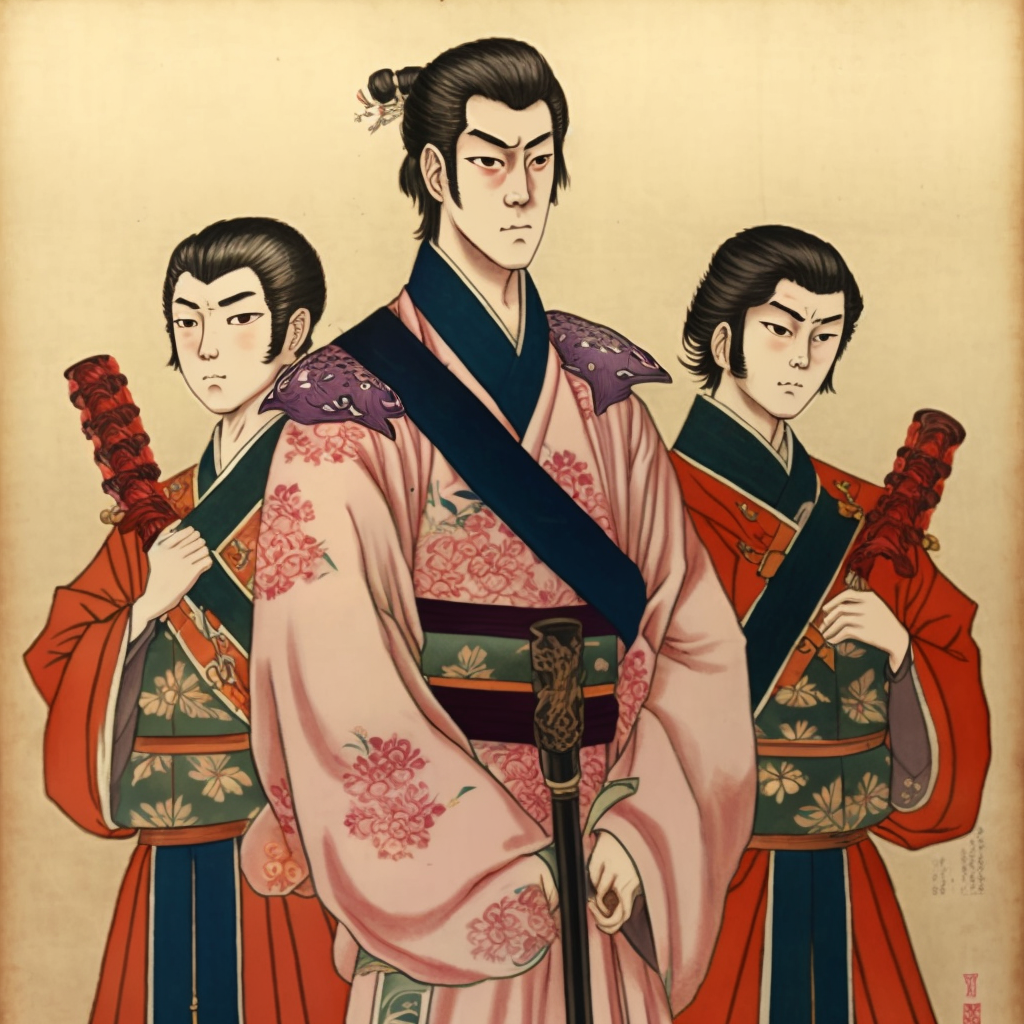THE TAISHO PERIOD (1912-1926)
On the death of Emperor Meiji in 1912, power passed to his son, Yoshihito, who reigned under the name of Taisho. But the latter, suffering from the consequences of meningitis, is unable to occupy power, and leaves the politicians to lead Japan. Japan declares war on Germany but refuses to participate in operations in Europe (1914). However, it will obtain all of the former German possessions, including several territories in China, which allows it to consolidate its positions in Manchuria, even if he should liberate the particularly strategic Liaodong province. Occupation of Vladivostok (1917)
In 1919, serious troubles broke out in Korea, annexed in 1905 by Japan. During the funeral of the former Korean Emperor, nationalist groups revolt against the Japanese occupier. The repression is terrible. In 1921, the ailing Emperor Taishô appointed his son Hiro-Hito regent to govern in his place.
In a liberal political atmosphere and marked by a strong economic boom, Japan was hit on September 1, 1923 by an immense earthquake which destroyed a large part of Tokyo and Yokohama, causing hundreds of thousands of deaths, most of them succumbing in the fires that ravage the city built of wood. Emperor Taisho died in December 1926.
focus on Japan during the First World War
Japan participated in World War I in 1914 as a member of the Entente, alongside France, Russia and the United Kingdom. The country used this opportunity to expand its influence in Asia and strengthen its position internationally.
During the war, Japan took control of the German-Pacific islands, which greatly increased its territory. The country has also participated in naval operations in Asia and Europe, showing its military power. The Japanese economy also benefited from the war, boosting industrial production and trade. Japan became a key supplier of industrial goods to the Entente countries, which greatly increased the country’s profits.
However, Japan’s participation in the war also led to internal tensions. Many Japanese citizens were concerned about the high costs of participating in the war and the consequences for society and the economy. Peace movements began to gain influence, highlighting the devastating effects of war on the world’s population.



